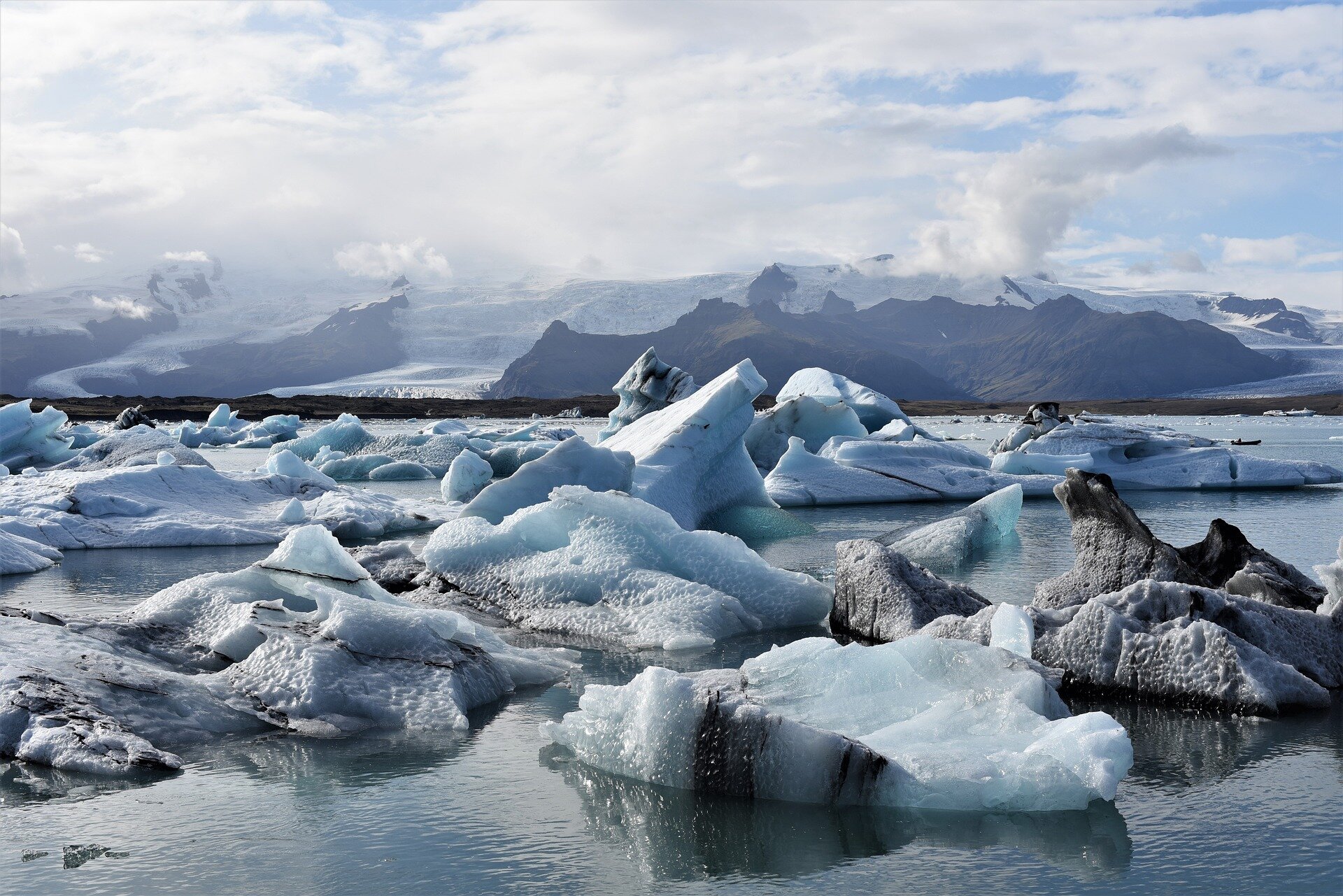11 Dec 2024

Tired Earth
By The Editorial Board

A study describing their findings was published in the journal Advances in Atmospheric Sciences on April 19.
The extent of sea ice in the Arctic is famously undergoing rapid decline as a result of global warming, but at the Earth's other pole, Antarctic sea ice has been enjoying a modest increasing trend of about one percent a decade since the late 1970s (albeit with significant variation from year to year and substantial regional differences).
Yet in the face of this overall increasing trend in the Antarctic, there was something of a brief but quite marked aberration in 2017, when the southern hemisphere experienced a record minimum extent of sea ice.
And now just five years later, it has happened again.
On February 25 2022, a few days from the end of the Southern hemisphere's summer, a record minimum in Antarctic sea ice extent was set—the first time it has hit under 2 million square kilometers since launch of satellite observations of the poles in 1978. The data showed that there was significantly lower than normal ice cover in the Bellingshausen/Amundsen Seas, the Weddell Sea and the western Indian Ocean sector. More curious still, throughout the region, the sea ice extent was some 30 percent lower than the average across the 1981-2010 three-decade baseline period.
The causes of the variability of Antarctic sea ice are complicated, and various mechanisms have been proposed in recent years, but there is no scientific consensus and the phenomenon remains under-theorized, with a great deal yet to be explored. And so the fresh occurrence of a fresh sea-ice extent minimum in such a short period of time drove a group of researchers at Sun Yat-sen University and Southern Marine Science and Engineering Guangdong Laboratory (Zhuhai) in China set out to find out what had occurred and why.
The team used a sea-ice budget analysis employing data on daily sea ice concentration (the percent of an area that is covered by sea ice) from 1979-2022 and daily and weekly sea-ice drift from 1979-2022 from the National Snow and Ice Data Center (NSIDC) to develop their understanding. A sea-ice budget analysis involves a consideration of the number of inputs versus outputs of the sea-ice system, in other words, the sea ice that was added and that which was lost, alongside both the dynamics (including advection and divergence contributions) and the thermodynamics (processes concerning freezing and melting) that affect this. The sea-ice budget analysis was carried out to cover the melting seasons and then connect this to atmospheric circulation over the same periods.
The researchers found that in the summertime, it is the thermodynamics that dominate the processes that cause the sea ice melting. This occurs through anomalies in the transport of heat toward the pole in the Bellingshausen/Amundsen Seas, the western Pacific Ocean, and the eastern Weddell Sea in particular.
There is also an increase in overall infrared radiation and visible light as a result of a positive feedback of albedo and temperature. Albedo describes basically the "whiteness" of a surface. The whiter it is, the greater the reflection of such radiation, and the darker, the greater the absorption.
"Sea ice is whiter than the dark unfrozen sea, thus there is less reflection of heat and more absorption," said climatologist Qinghua Yang, a co-author of the study, "which in turn melts more sea ice, producing more absorption of heat, in a vicious cycle."
But in the spring, both thermodynamics and dynamics contribute to the status of sea ice extent. In addition to the above thermodynamic processes, the dynamics of ice loss in the Amundsen Sea sees a northward ice motion that pushes more ice to the lower latitudes towards the tropics, thus increasing melting, especially in the Amundsen Sea and the Ross Sea. In addition, thinner sea ice freeboard (the thickness of the sea ice that sticks out above the waterline) along the coast of the Amundsen Sea plays a critical role with respect to the spring and summer melting.
The researchers noted that according to data from the US National Oceanographic and Atmospheric Administration (NOAA), the new record Antarctic sea-ice extent minimum occurred at the same time as a combination of La Niña and a positive Southern Annular Mode (SAM). The SAM describes a belt of strong westerly winds or low pressure that surrounds the continent, moving north or south, while La Niña describes a weather pattern of powerful winds that blow warm ocean surface water strong from South America to Indonesia in the tropics.
Both of these phenomena deepen the Amundsen Sea low (ASL)—a center of low atmospheric pressure center over the far south of the Pacific Ocean and off the coast of West Antarctica. The variability of atmospheric conditions in the region is greater than anywhere else in the Southern Hemisphere.
The researchers found that all the atmospheric impacts on the sea-ice extent anomalies originate with the intensity and position of the Amundsen Sea low.
The researchers were able to explain much, but their findings produced further questions.
"If tropical variability is having such an impact, it's that location that needs to be studied next," said Jinfei Wang, one of the other authors of the paper.
Source : phys.org
Comment